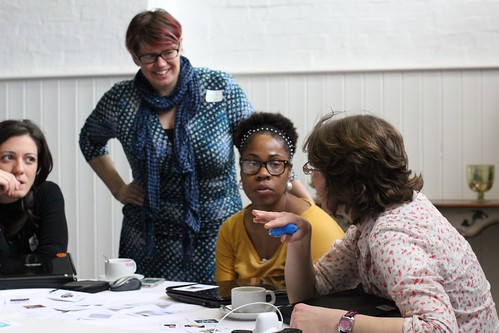Over the last 2 days the Podnosh team hosted 24 science communicators from across Europe. They were in Birmingham as part of the Open Places project which is looking at bringing together 69 science communication institutions and other stakeholders in European cities to partner with local policy makers to tackle socio-economic issues such as employment; education; climate change and poverty from a scientific perspective.We met with them to discuss social media and the ways in which it can be useful to them in their workplaces or on this and other specific projects.
We looked at different platforms such as blogs, Youtube, Twitter and Facebook. Gave presentations on networking, sharing and listening and had brilliant guest speakers Shane McCraken of Read more


